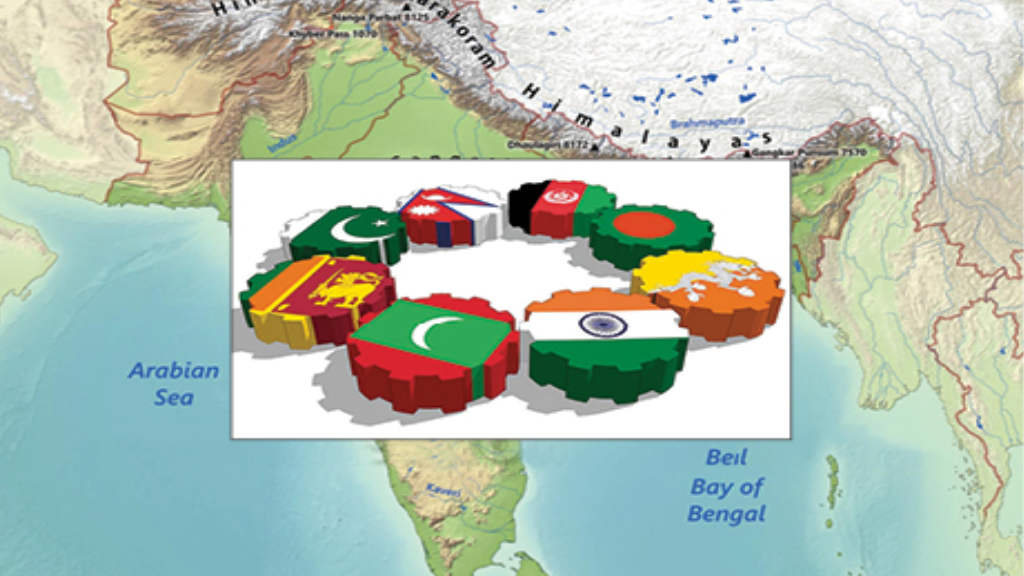The United States has today (April 2) released new, immediate sanctions on Russia and in particular its energy sector. These appear based on a list of 50 measures introduced as a bill by several US Senators on Monday. Interestingly, these contain substantial penalties for third countries either buying from or handling Russian oil. Touted by the US Senators were penalties of up to 500% tariffs on any imported products into the United States from countries and businesses that trade with Russia. These will impact exports made to the United States and effectively act as a huge barrier to selling to the US market. It is important to note that these sanctions only apply to the Russian oil sector. In Russia’s overall energy export sector, oil accounts for about 30% of all Russian energy exports, equivalent to about 6% of its total GDP revenues.
We examine these sanctions as follows:
Secondary tariffs on Russian oil exports
These primarily impact China and India, who are the largest buyers of Russian oil. Both have begun turning away Russian tankers over the past few days in anticipation of the move. However, it should also be noted that the European Union and Africa are the third and fourth largest buyers, followed by the Middle East, Latin America and smaller nations. The immediate impact has already begun, sales of US crude oil to China and India have already ticked up – to China by 67% in March. It means that these governments have already made alternative plans to buy American crude. However, longer term this will not be a viable solution as purchases of oil from the United States are more expensive and there will be resistance to the economic drain. Both China and India require access to inexpensive energy in order to power their economies, with India growing at close to 9% per annum and China at about 5%. Russia has also been investing to convert more of its crude oil production to gas. The immediate impact remains somewhat unknown, and especially as other oil supplies via the Persian Gulf and Red Sea to Europe, which must now increase, are unstable due to the Yemeni insurgents targeting shipping. Oil prices could spike worldwide causing global economic damage.
For countries with low exposure to US markets, these sanctions and tariffs do not provide much leverage to change. The main targets are China and India – yet they may also impose sanctions upon the United States itself. The immediate situation is completely unpredictable, although longer term it will settle down.
Sanctions on more tankers transporting Russian oil to disrupt shipping
Most of these ships are already sanctioned, and registered in jurisdictions with minimal US trade, such as Liberia, which possesses the world’s largest maritime registry. A huge 87% of Russian oil exports are carried by its ‘grey’ fleet. An estimated 200 Russian-owned ships were re-registered in Liberia last year alone. This measure will prove inconvenient but not instructive.
Penalties on shipping companies helping move Russian oil
It is unsure what the difference is here, except that it impacts other nations vessels, but the same issue applies.
Restrictions on maritime insurance for Russian oil transport
This has already been actioned, although this will impact Russian insurers recently approved by the Indian government and likely prevent some vessels from being covered.
Sanctions on oil traders facilitating Russian exports
This will hit Asian financial centres in particular and could be implied to involve law firms or any other oil-trade related service. It could move the maritime and energy service sector further into lesser regulated offshore territories with minimal US exposure.
Asset freezes on Russian energy officials tied to oil trade
Most Russian officials have long moved assets out of exposed jurisdictions.
Restrictions on Russian banks handling oil revenue payments
Most Russian banks are already sanctioned, while transfers can be made via different mechanisms not necessarily involving banks in any event. It will prompt crypto trading into the global energy sector, which may be a planned development boom for Trump as he is embracing the crypto industry and can receive the benefit of others dealing with the tech headaches.
Targeting of Russian ports used for oil shipments
Most are already sanctioned.
Sanctions on foreign firms helping Russia evade oil sanctions
Most are already aware of the risks and have either exited the sector or have limited US exposure.
Expanded travel bans on Russian energy executives
It is somewhat unlikely that these executives particularly care.
Restrictions on Russian access to U.S. dollars for energy deals
This is already in place. Russia has effectively de-dollarized over 95% of its energy trade in any event.
Summary
A little noted but defining part of the entire Western sanctions gambit has been how it has changed from being an immediate punishment creating shocks and bending errant nations strength of will, to now being completely anticipated. Russia especially, but also China and India – the main targets of these measures – will have already war-gamed these scenarios and already have their strategic alternatives in place. While Trumps sanctions may cause some initial irritation and upset global markets, the fact that they are already anticipated immediately reduces their effectiveness.
That is not to say that the impact will be minimal, because it won’t. What can be stated however is that the impact will be somewhat chaotic, – and perhaps more so for other dependent markets, including the United States, than the big three – Russia, China and India – that they are aimed at.
For Russia, the loss of oil revenues will undoubtably be absorbed. It is already re-structuring its energy sector to add value and provide more than just oil products. Putin may even see the sanctions – and probably does – to fast-track investment into the Russian energy sector in order to specifically move it up the value stream. Sanctions on crude give him exactly this directive.
More damaging will be the impact upon China and India, and their reaction. There will be little love lost in their being forced to purchase more expensive American crude, and here there arrives a difference in planning. The US Senators and the oil companies they undoubtedly represent will be seeing this as a victory. They have successfully manipulated China and India to buy more American oil at the expense of Russia. That will later appear on their annual balance sheets in the form of increased profits and billion-dollar bonuses all around. The inherent danger is that China and India make rather longer term plans than looking ahead to the next set of Wall Street accounts. Being so brutally subjected to American tactics and being forced to buy critical imports at more expensive rates than is necessary will instead unveil, over time, a withdrawal from exposure to US commodities. US oil industry pay-checks may be fat at this year end, however looking ahead to 2035 is almost certainly more an Asian philosophy than an American one. Looking back in hindsight to the United States 2025 diplomatic and trade behaviour may be an interesting exercise in perceived long term strategic wisdom even just three-four years from now. And – Trump could always change his mind. What happens next will be interesting to observe.





